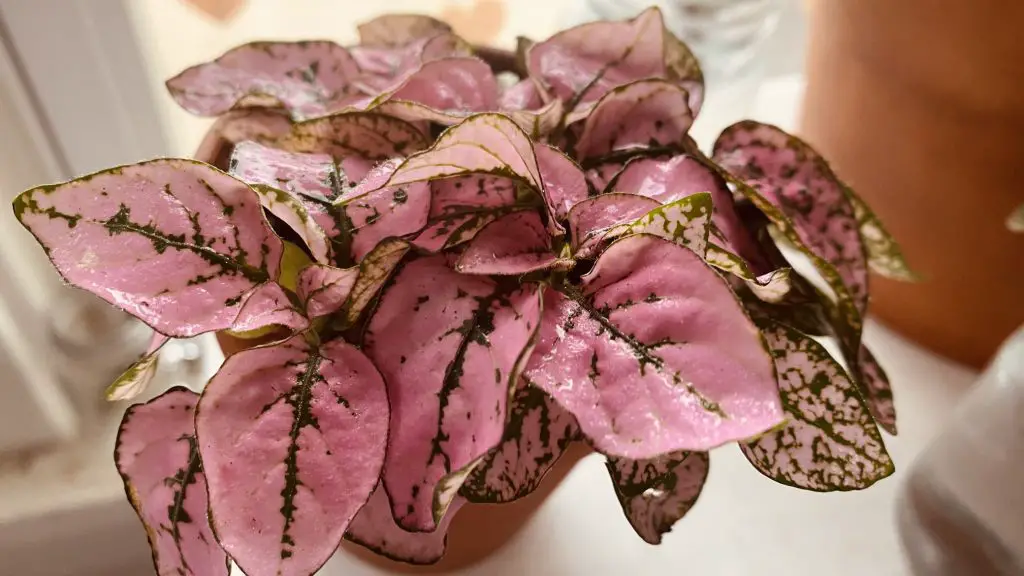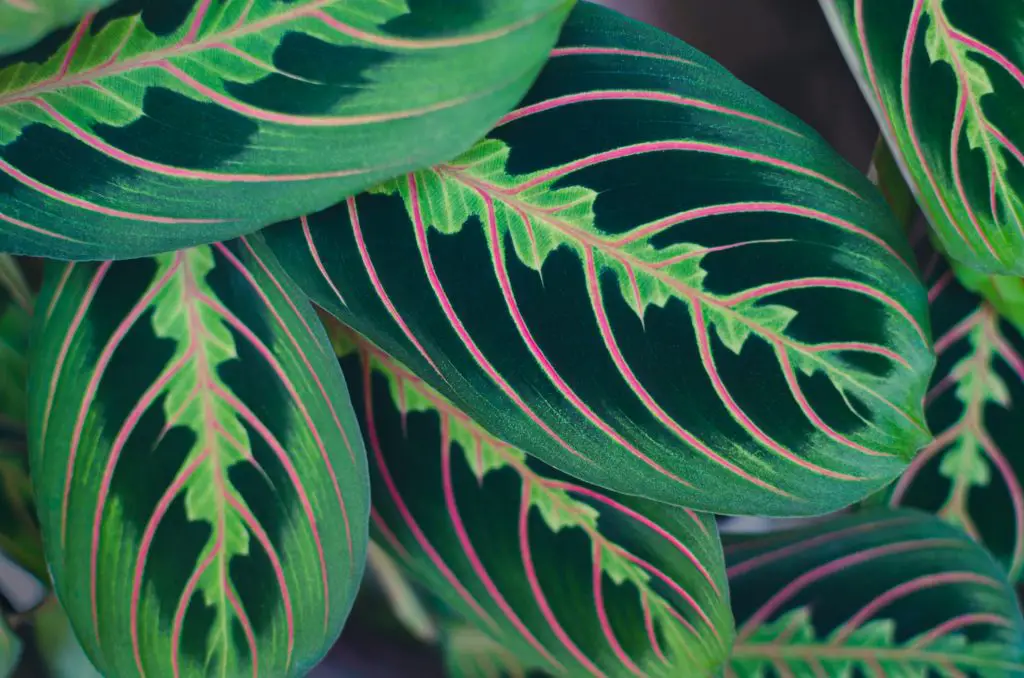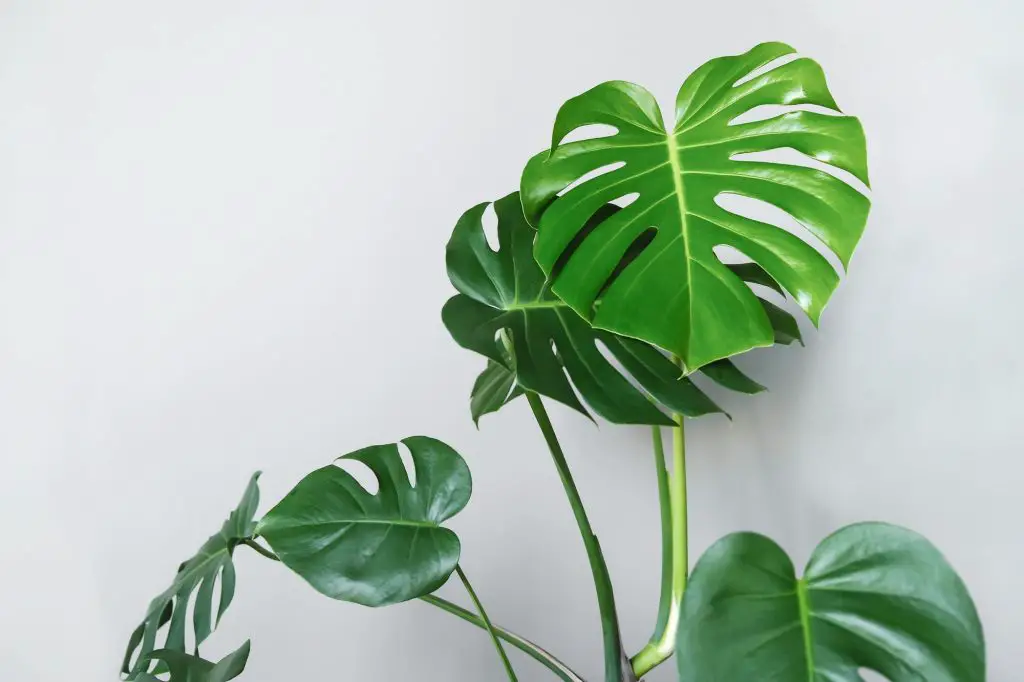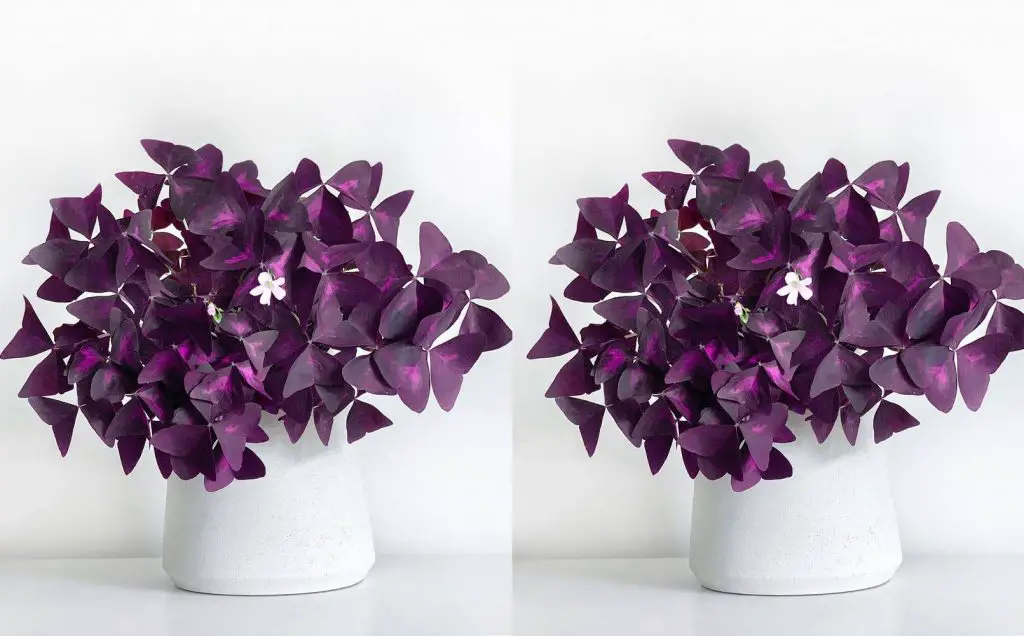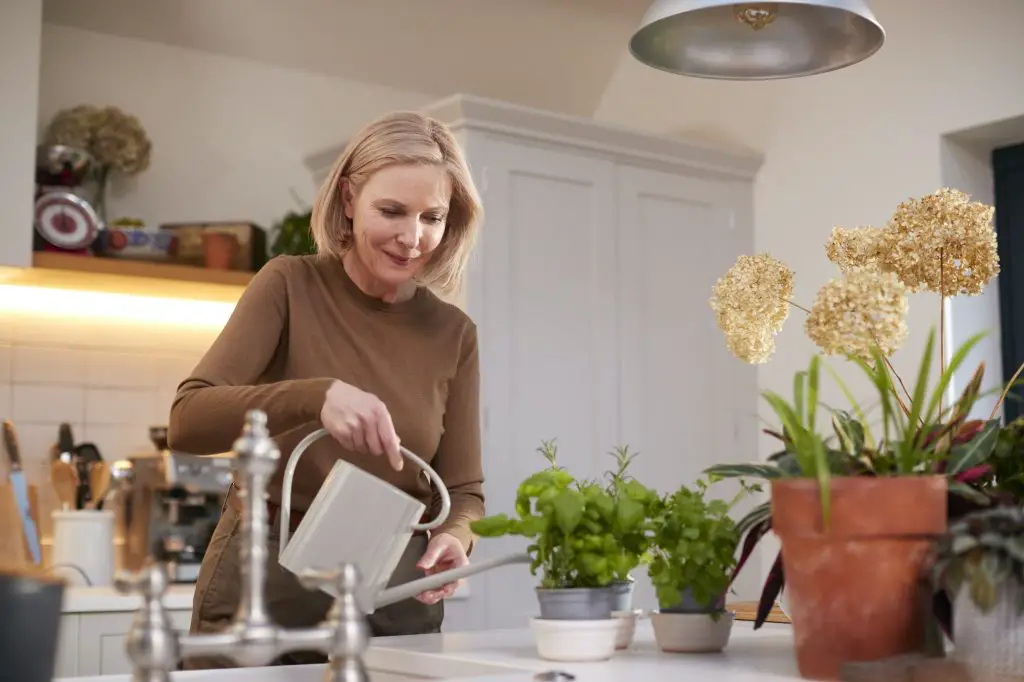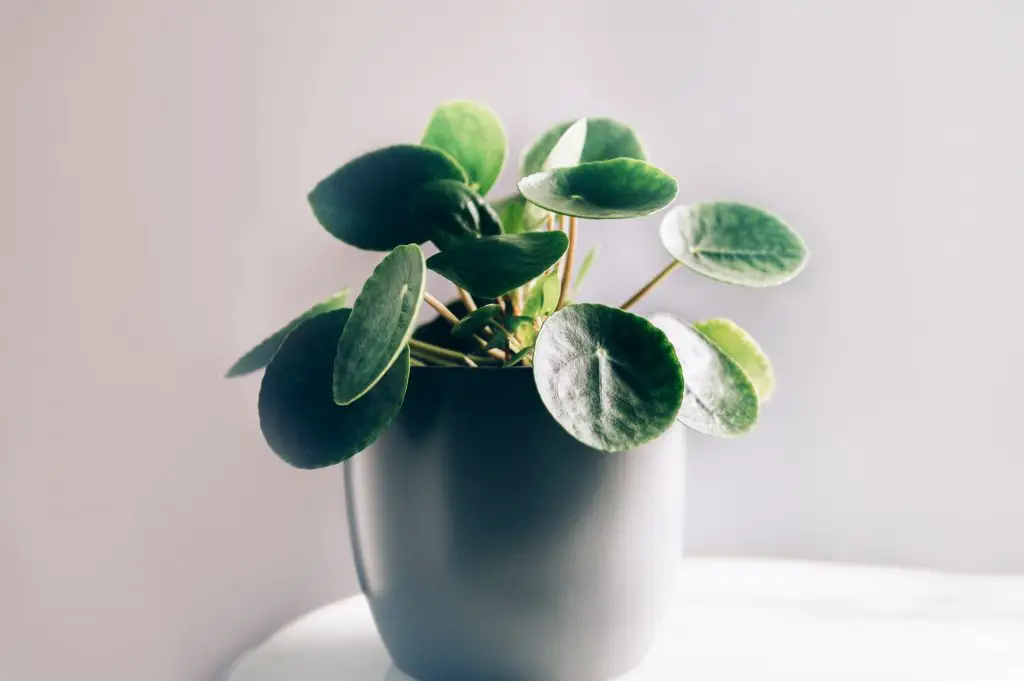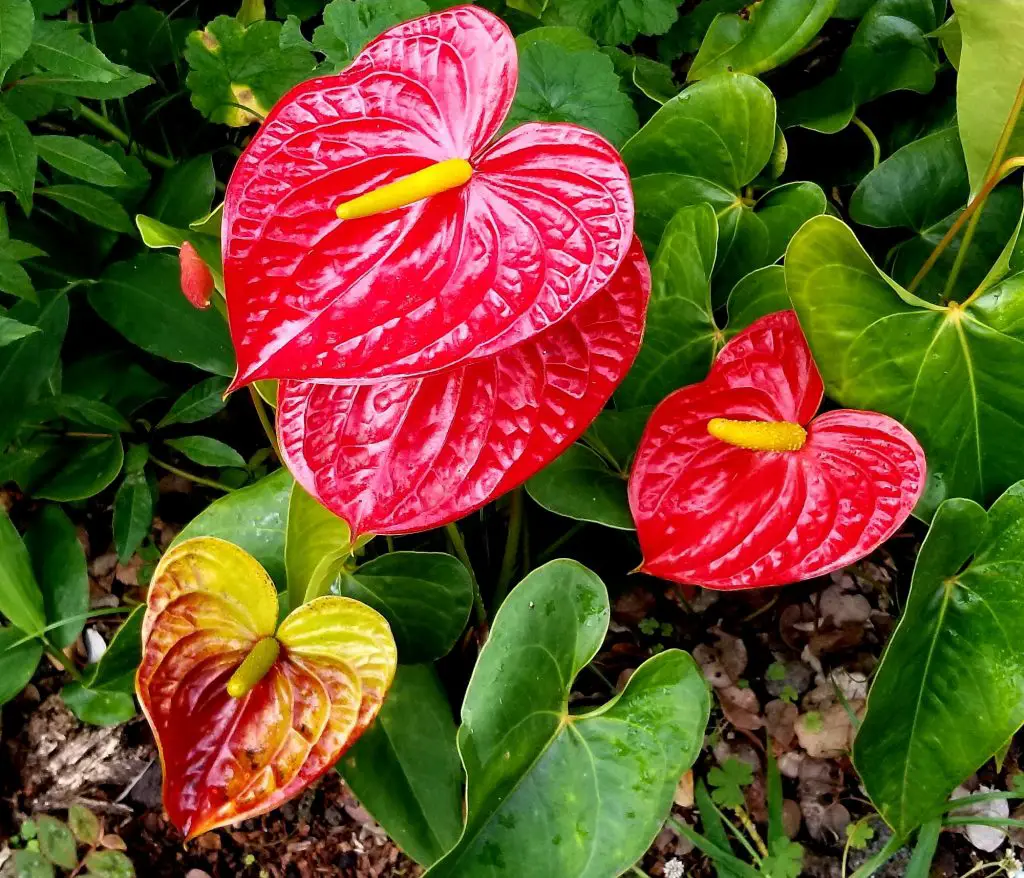Colors are important to the environment, colors are essential to our home.
Colors give meaning to things and places. What better way to add colors to your home and environment than via plants? Plants with colorful foliage have a way of contributing to the exterior of the home.
Colorful plants do not just make the environment or terrace beautiful, they can also be grown indoor, thereby making the inside equally beautiful. Have you been looking for ways to add colors to your home? Read on to find out everything you need to know about one of our favorite colorful houseplants.
Read this: Phalaenopsis Orchid Plant: The Complete Growth And Care Guide
Table of Contents
Polka Dot Plants Background
| Common name | Polka dot plant, flamingo plant, measles plant, pink dot, freckle face plant. |
| Botanical name | Hypoestes phyllostachya |
| Plant type | Herbaceous perennial |
| Light | Indirect light |
| Soil type | Rich, moist, well draining soil |
| Soil pH | 5.6 to 6.5 |
| Origin | Madagascar |
| Toxicity | Non toxic. |
The polka dots plant can be described as a short plant that has bright spotted leaves. Also known as freckle face, measles plant, flamingo plant, and pink dot, etc, the polka dots have their origin in Madagascar but now can be cultivated all around the world.
The plant comes in oval patterned or spotted leaves that give splashed red, pink, purple, white colors on a deep green background. The plant is popularly used to add colors to the garden and surrounding, however, it can be grown as an indoor plant.
The polka dots plant belongs to the genus Hypoestes; a genus with over 100 species. In its natural habitat, the plant can grow to about 3 feet tall; however, the ones you may find can be smaller i.e. between 0.5 to 1.5 feet high and 0.5 feet wide.
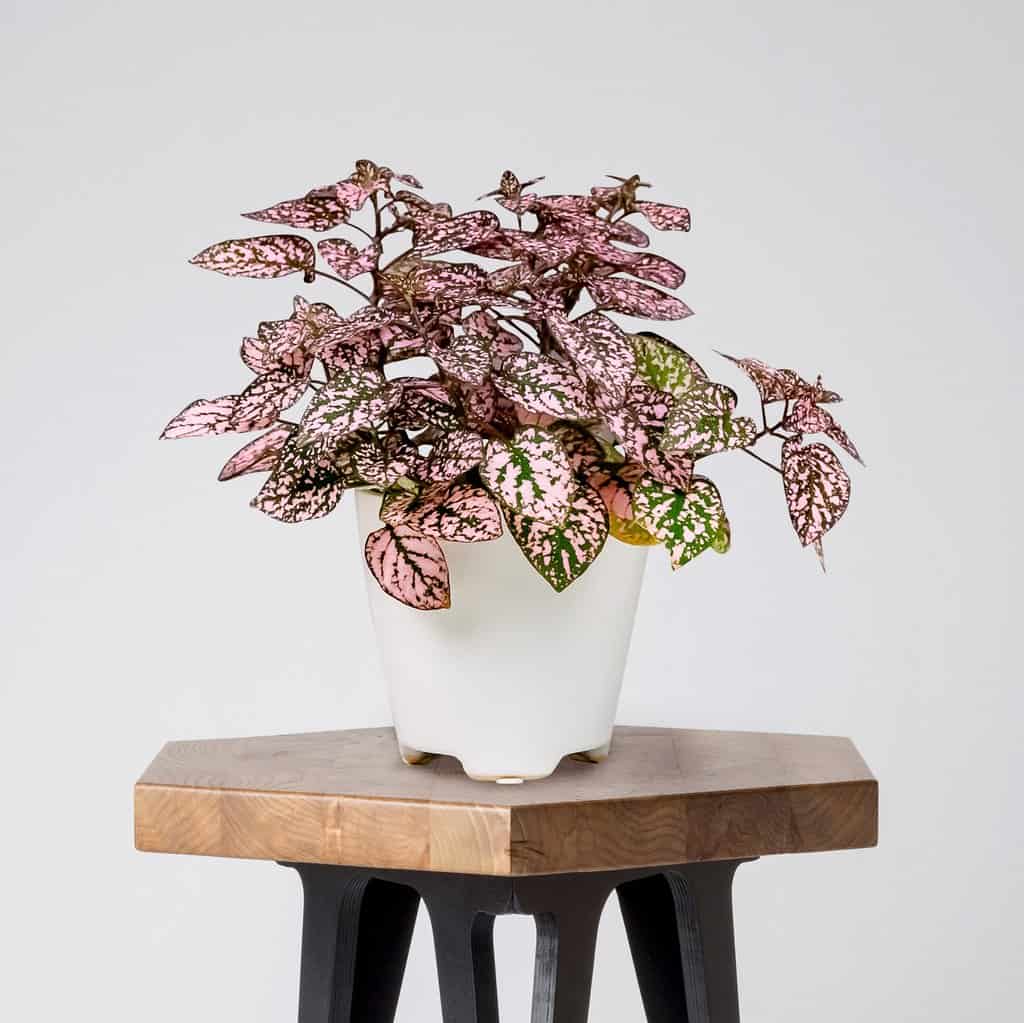
The polka dots plant is a perennial plant; however, it is mostly treated as an annual plant because of its history of growth in warm climates. If you intend to grow the polka dots plant soon or need help with its care, we have compiled everything you will need for successful growth. Read on!
Quick Tip
Polka dot plants will grow well when you provide them with the condition similar to their native habitat. An unbalanced light can both make your plant burn or curl and lose its color. For polka dot, balance is key.
Polka Dot Plant Propagation Requirements
Here’s everything you need to propagate the freckle face plant, also known as polka dot plant.
1. Light
The best measure of light for your polka dots plant is bright, indirect light. In your positioning or placing, your plant should be placed and grown in locations that are shielded from direct sun. Exposure to direct sun will the UV rays will burn your plant.
You could place it in west or south-facing window. Although the plant should be shielded away from direct light, it must never be given low light, the colors on the leaves will begin to fade when they do not get the required sunlight that they need.
2. Soil
High-quality potting soil is perfect for your plant, however, you can make a mix of perlite, meat moss, and the soil to lighten up the soil and to enhance better drainage. Your plant is interested in well-draining soil; hence you should give it what it needs.
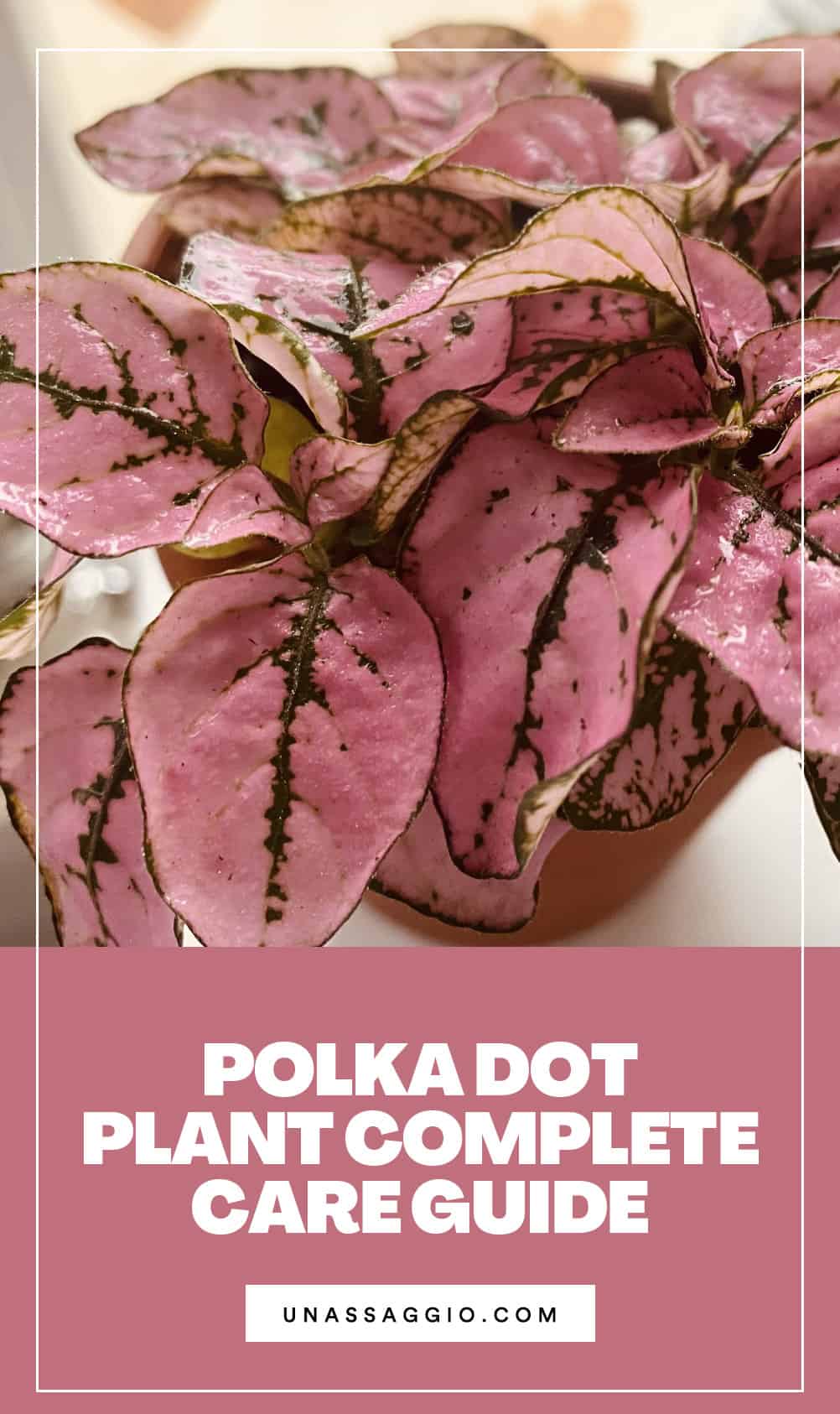
3. Humidity
Humidity is important to your polka dots plant; it has a humidity need of about 50%. Your plant can be placed in humid environments in your home, like the bathroom or kitchen, the heat and mist in these places will make moisture available for your polka dots.
If you live in a dry region, you could provide humidity for your plant i.e. place the plant on a peddles tray, or group many polka dots plants together. You can also purchase a humidifier for your home.
4. Temperature
Polka dot plants thrive in moderate home temperatures. They should be placed in ranges between 65 – 80 degrees F. they shouldn’t be placed in temperatures lower than 55 degrees at night. Polka dots are sensitive to cold, hence you should protect them from its effect.
5. Water
Your polka dots plant will enjoy and grow best in moist soil. You will have to exercise caution because your plants do not like to have soggy roots for a long period as it can lead to bacterial and fungal infections. The best method of watering is to let your soil dry in between watering.
There has to be a balance in watering your plant. Giving your polka dots too little water can cause your plant to begin to curl up. For accuracy, you could create a watering schedule that fits your polka dot needs. Schedules however should be adjusted as the temperature and seasons change.
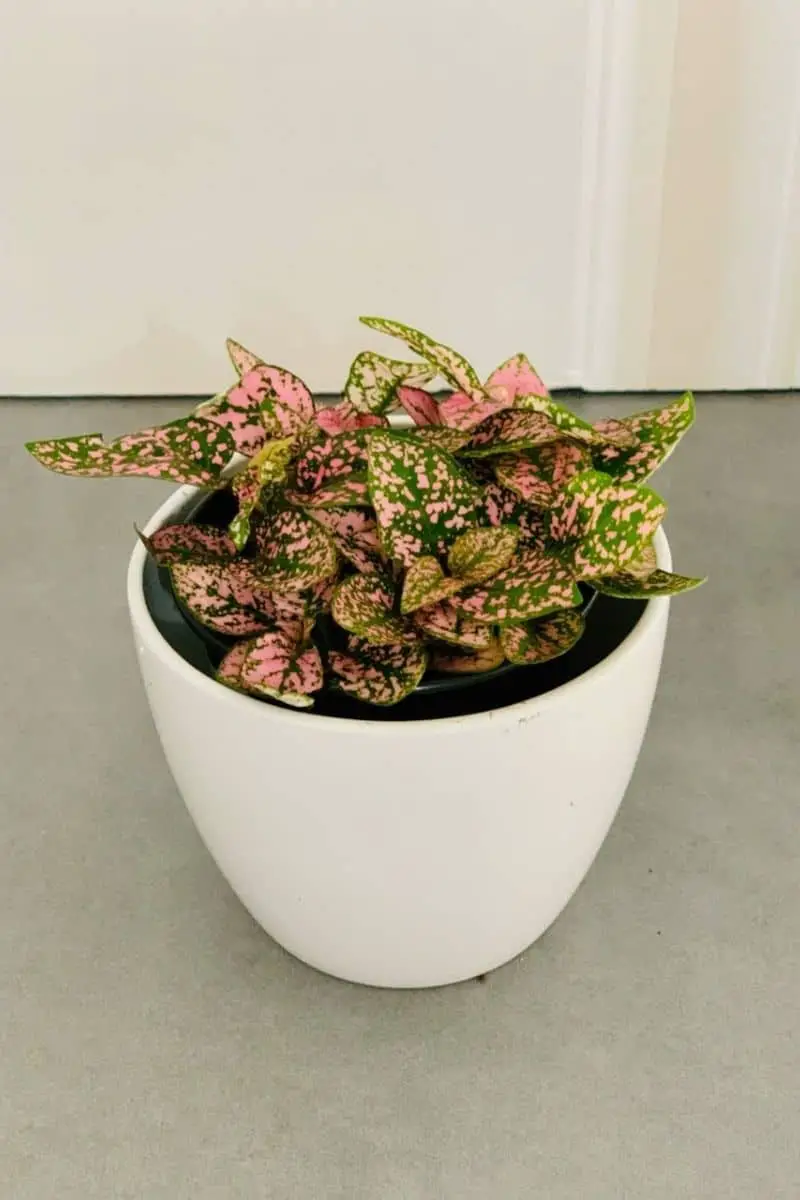
6. Fertilizer
You do not need to feed your polka dot plant when you purchase them or immediately you propagate them, you should wait until they develop a root system or wait for a month before you begin to feed them, this is for the roots to settle in.
You can begin to feed your plant once it is settled in, however, you should dilute your fertilizer to half its strength before applying it to your plant. feed your plant once a month, however, keep your plant away from fertilizer during winter.
Polka Dot Plant Propagation
Propagating the polka dots plant is an easy one, they are best propagated via stem cutting, in water and soil. However, the water method is mostly used by a lot of people. Follow the steps below on how to propagate your polka dots.
1. Water
- Get a healthy and mature plant, and with the use of clean scissors or a sharp knife, cut out a stem, about two inches long. Make sure your stem has at least 2 to three leaves on it.
- Remove the bottom leaves and place the cutting on a container of clean water.
- Place the container in a location where it can get access to bright, indirect light. Direct light can cause algae growth and this can harm your plant.
- Change the water at least once a week, and hold on until your plant’s root is about two inches before you re-pot.
- Place your plant in a pot of high-quality soil (or mix) and grow your plant normally.
2. Soil
- Similar to the water method, you need to get a healthy plant, from which you will get your stem cutting. Make sure your cutting has at least 3 leaves on it and cut off the leaves below.
- Prepare your pot of soil, as earlier stated; you could mix sand, perlite, and peat moss for porosity.
- Carefully dip your plant into the soil and use your hands to make it firm.
- Water it often and in weeks, your plants should develop their root system.
Polka Dot Plant: How To Care For Your Polka Dot
- Like many indoor plants, polka dot may not experience so many problems with pests and diseases; however, you might want to keep an eye on your plant for spider mites. If you notice your plant is being disturbed by spider mites, you can treat it with organic pesticide i.e. neem oil
- Overwatering can lead to root rots for your plant, ensure your pots have drainage holes, and the soil is well-draining. You should also create a watering schedule that keeps your soil moist but not dry.
- The polka dot requires a balanced amount of sun. When placed in direct sun, it will lead to burns and when placed in low light, it will begin to curl and lose its colors. You have to make sure your plant is getting indirect light.
- The polka dot is considered safe for animals and humans.
- Polka dot plants can get leggy, when there are spaces around them or when they do not get enough light. Pruning your plant can keep them in place.
- Two Polka Dot Plant-bright Red spots on green foliage
- Indoor and outdoor plant
- Bright light is best
- Keep the soil moist in the summer growing season and reduce in the winter.
- 4-inch plant (estimated delivery 1-3 days)
Prices pulled from the Amazon Product Advertising API on:
Product prices and availability are accurate as of the date/time indicated and are subject to change. Any price and availability information displayed on [relevant Amazon Site(s), as applicable] at the time of purchase will apply to the purchase of this product.
Final Thoughts
There is more than one variety of polka dot, when you want to purchase, you can choose which color you want. Polka dot plants are easy to grow and less stressful when placed in the right condition.
Read next: Variegated Rubber Tree Plant: The Growth And Care Guide (2021)

